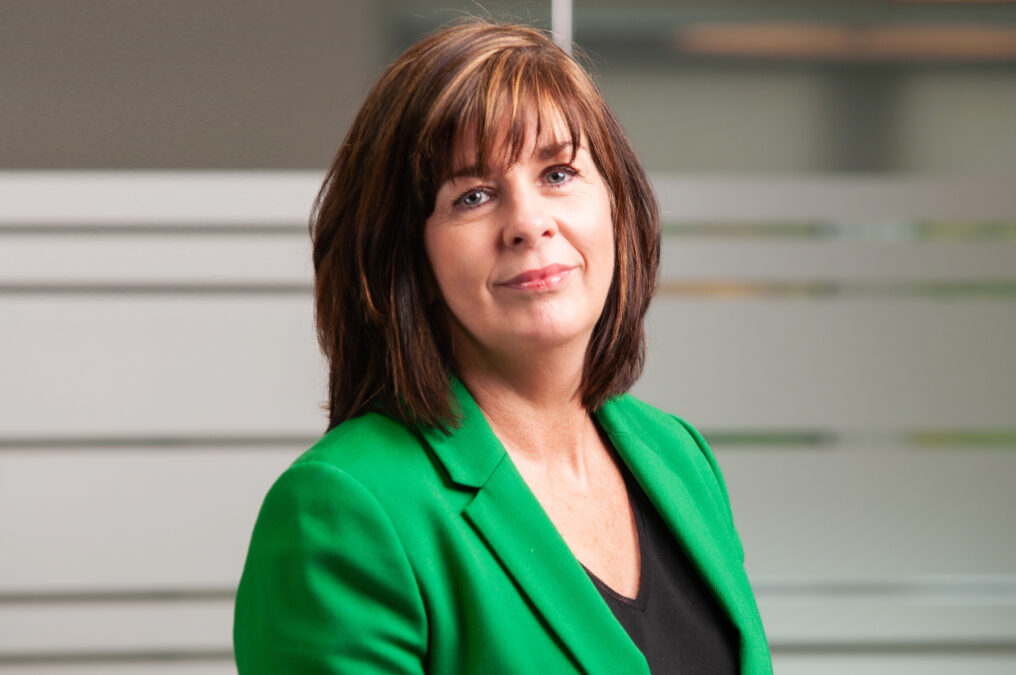Chris Richards, regional president UK&I at Unit4, discusses how a bounce back in the tech sector can result in the Great Acceleration
We’re all trying to get to grips with these strange times: to pin a label on the zeitgeist and nail the changes in organisational and individual behaviours, needs and desires. We’ve heard of the Great Resignation where there has been an exodus of workers denied working flexibility or appropriate compensation from their employers. I prefer to accentuate the positive, as the words of the old song puts it. We are moving away from a period of scrambling to survive and adapt to a happier place that I call the ‘Great Acceleration’.
What’s that? In my opinion, it will be a time when we take out our pent-up energy and put that into growth. At the peak of the pandemic, retailers shuttered stores, slashed costs and moved their stock online. Restaurateurs became logistics experts and digital marketers overnight, selling and transporting their meals to wherever, in order to somehow get through the crisis. In the arts, concerts, galleries, films and plays moved online because even though they had continued through wars, they couldn’t continue through this. Now, as hopefully we have the means to combat whatever is thrown at us, it’s time to bounce back and strengthen our capacity across the three Ps: people, profit and productivity.
But we’re at a point where enterprises are going to be split between those who press ‘go’ and those who hit ‘pause’. Caution is understandable, given what companies have gone through, but we need to think back to other change periods for guidance. In the late 1990s, if you weren’t investing for a web-based future, you got stung. There may have been a dotcom to dot-bomb hiccup, but the far-sighted saw that this was an epochal change where the world was moving inexorably away from a dependence on bricks and mortar to a hybrid clicks-and-mortar model, and from on-premises IT to cloud. And if you didn’t see that, then you paid a very big price indeed for burying your head in the sand.
What e-commerce retailers can expect in 2022
The big split
That schism between those who shift and those who stick is very apparent in our latest report, Business Future Index: Exploring a Model for Future Business Success. Based on research into 3,350 respondents across the world, it provides a lens into how leaders and employees score their performance in terms of profitability, people management, financial planning, strategy and prioritisation over the course of what by any standards has been a period of volatility. Our research showed a stark divide between high-performers (‘Optimisers’) and underperformers (‘Hesitators’).
And these differences aren’t small potatoes. Over seven in 10 respondents (71%) from the Hesitators’ camp of laggards said they have lost staff to competitors while well under half that figure, 30% of Optimisers, said the same. If that’s a chasm between go-getters and slow-coaches then check out the gulf between the 45% of Optimisers who said they are extremely confident in their digital transformation strategies and the vanishingly small 1% of Hesitators who concur.
It’s the wisdom of the ages. “He who hesitates is lost,” goes the old saying. “Swift and resolute action leads to success; self-doubt is a prelude to disaster,” wrote the English essayist Joseph Addison, doubling down on the same theme. Generally, in business, we see bad things happening to those who don’t commit: the Hesitators category of companies even admit to being risk-averse, slow to adapt and vulnerable.
The weight of data here is devastating. Hesitators are least likely (5%) to have exceeded profit growth expectations over the past three years. They’re also the most likely to have made layoffs in the last 12 months (36%) and to cite a lack of leadership (51%).
Contrast those Hesitators with the Optimisers, over three quarters of whom (76%) have surpassed profit goals and tend to see themselves as risk takers, flexible, innovative, resilient, and quick to adapt. These are the companies that embrace technology and the cutting edge and over half of them (51%) are already tapping the power of AI and machine learning. They’re also believers in people with 87% saying that the leadership team makes workplace culture a leading priority.
Optimisers view issues in the round setting out KPIs for a gamut of measures because “you can’t manage it if you can’t measure it”. They grade themselves on recruiting and retaining, obviously, but also reskilling, sustainability, their speed of technology adoption, business resilience, quality of business planning and monitoring.
Now this doesn’t mean that all is rosy in the garden for Optimisers. We all of us face challenges in hiring and retaining great people, for example, and none of us has a cloak of immunity against the power of a pandemic. But if we are continuously adapting our businesses, seeking out improvements and doing everything we can to upgrade systems and processes and invest in our people then we are on the side of the angels. That means having a buffer against the toughest times that we hope are in our rear-view mirrors and being able to reap the benefits of good times which we hope are lurking just around the corner.








